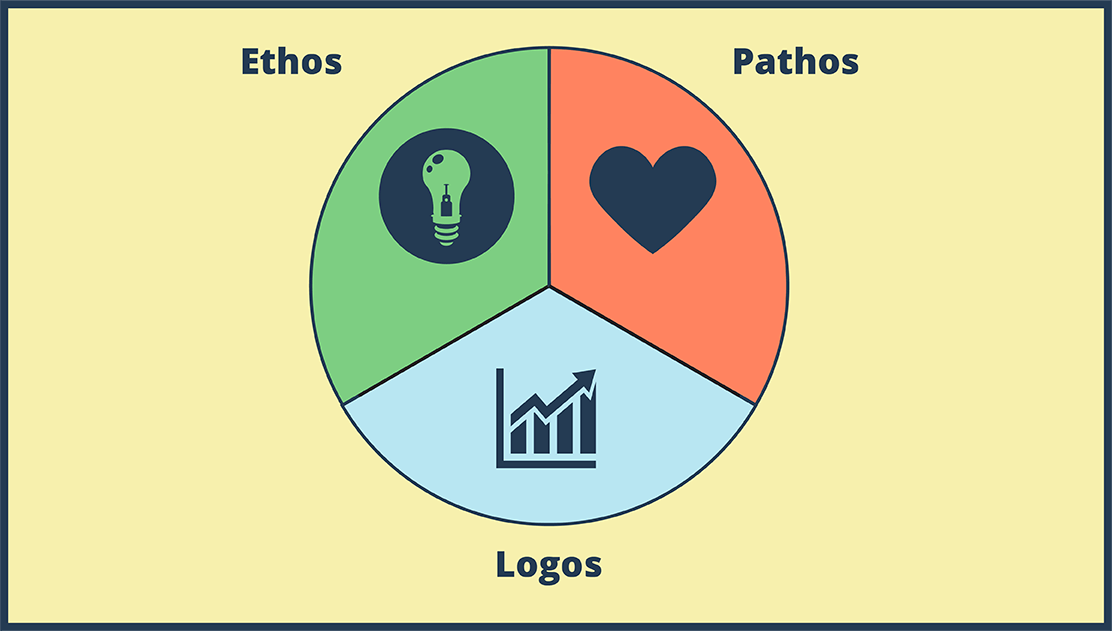How to Use a Protractor

È possibile trovare questo storyboard nei seguenti articoli e risorse:

Schema A Processo
Piani di Lezione di Anna Warfield
Le istruzioni e le procedure sono molto più facilmente comprensibili se accompagnate da elementi visivi. Quando realizziamo lo storyboard di un processo o creiamo un diagramma sequenziale, possiamo concentrarci su passaggi discreti, causa ed effetto e sequenza.

Utilizzando Storyboard That Nella tua Lezione di Matematica
Aiuti Visivi per la Classe Moderna
Storyboard That semplifica l'integrazione dell'apprendimento visivo nella tua classe di matematica e il contenuto su misura per i tuoi studenti. I modelli facilmente personalizzabili ti consentono di assicurarti che i fogli di lavoro che offri agli studenti li soddisfino dove si trovano e sfidino i concetti che stanno ancora lavorando per padroneggiare.
'
Dai un'occhiata ad alcuni dei nostri altri articoli educativi!
Storyboard Descrizione
How to Use a protractor graphic organizer - diagram a process
Testo Storyboard
- Maybe I can help.
- GAH! Math is so stupid! It doesn't make any sense!
- This protractor thing is impossible!
- I will show you how to use it. Well, step 1...
-
- Make sure the protractor is not backwards! It makes life so much easier if you can read the numbers.
- Before we measure, tell me if this is an acute, right, or obtuse angle.
- It IS acute, so that means it measures less than 90 degrees. We already know the answer is between 0 and 90 degrees!
- The line doesn't reach the numbers!
- Acute?
- There are two parts of the protractor to help you get the angle in the right place: 1) an upside-down T at the bottom middle 2) the base line (0 degrees or 180 degrees)
- We want to place the protractor on top of the angle so the middle of the T is at the vertex.
- Acute angle! 40 degrees! Take that MATH!
- Rotate the protractor so the vertex of the angle is still at the T, but one leg of the angle is lined up with the 0 degree line.
- That's OK. Don't you remember that definition about angles? Two RAYS with the same endpoint? Rays go on forever, so we can just extend the legs of the angle.
- The legs of the angle are extended, so we just need to read the numbers. Our options are 140 degrees or 40 degrees. Which is it?
Oltre 30 milioni di storyboard creati
Nessun Download, Nessuna Carta di Credito e Nessun Accesso Necessario per Provare!





